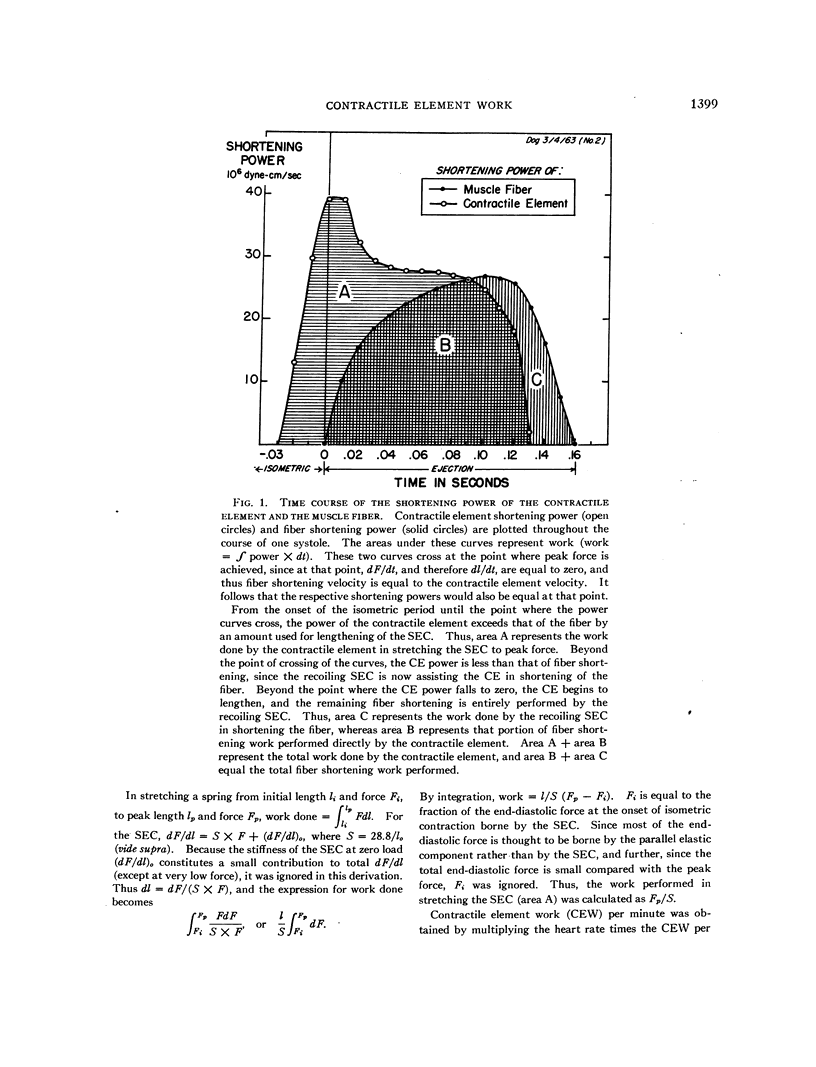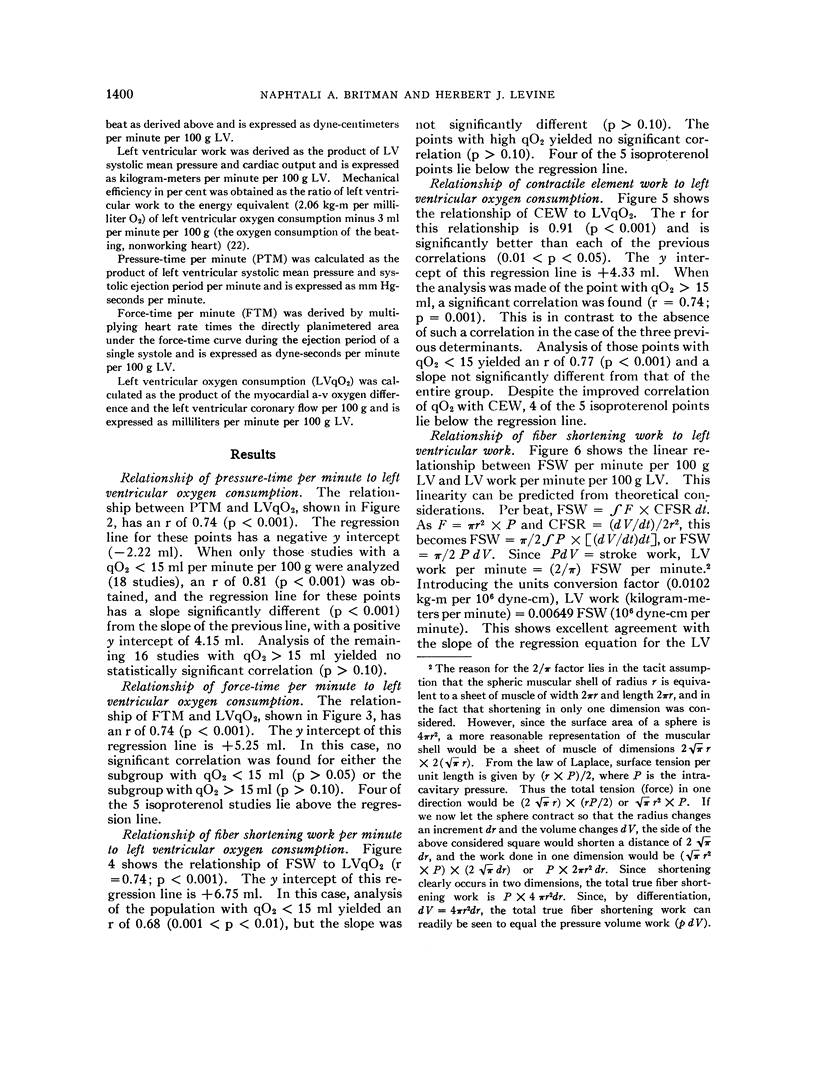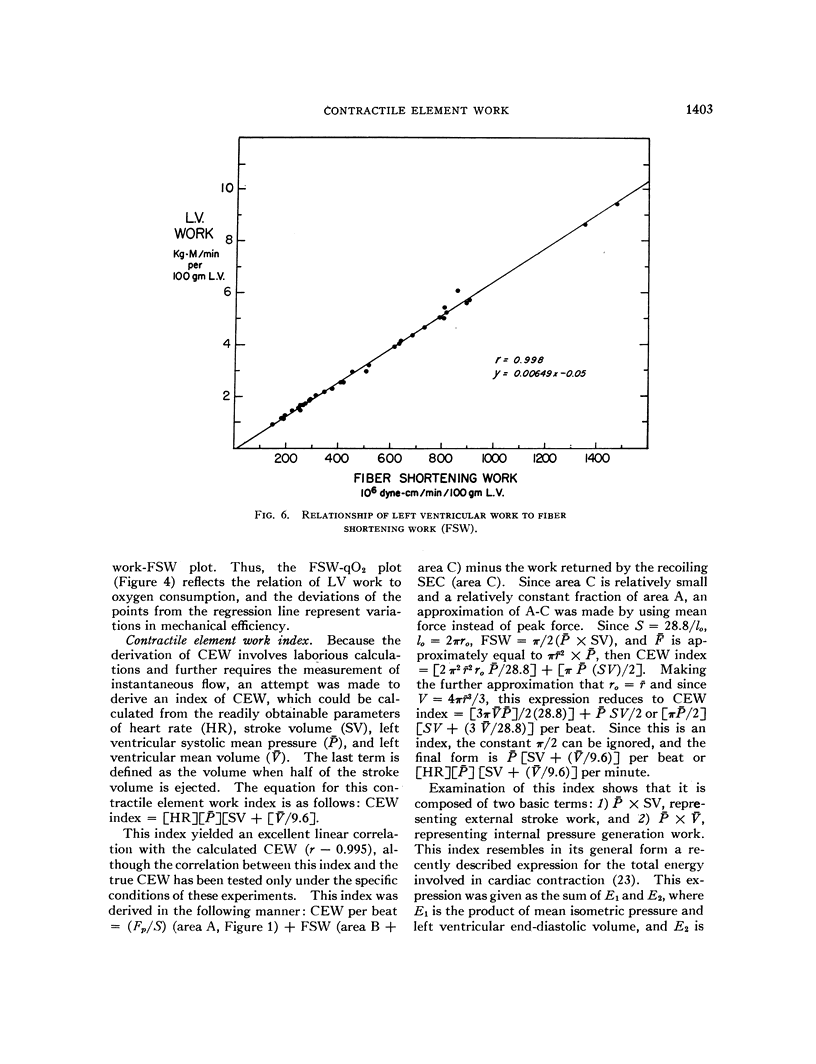Full text
PDF











Selected References
These references are in PubMed. This may not be the complete list of references from this article.
- BRISTOW J. D., FERGUSON R. E., MINTZ F., RAPAPORT E. Thermodilution studies of ventricular volume changes due to isoproterenol and bleeding. J Appl Physiol. 1963 Jan;18:129–133. doi: 10.1152/jappl.1963.18.1.129. [DOI] [PubMed] [Google Scholar]
- Evans C. L., Matsuoka Y. The effect of various mechanical conditions on the gaseous metabolism and efficiency of the mammalian heart. J Physiol. 1915 Jul 5;49(5):378–405. doi: 10.1113/jphysiol.1915.sp001716. [DOI] [PMC free article] [PubMed] [Google Scholar]
- Fenn W. O. A quantitative comparison between the energy liberated and the work performed by the isolated sartorius muscle of the frog. J Physiol. 1923 Dec 28;58(2-3):175–203. doi: 10.1113/jphysiol.1923.sp002115. [DOI] [PMC free article] [PubMed] [Google Scholar]
- GOODALE W. T., HACKEL D. B. Measurement of coronary blood flow in dogs and man from rate of myocardial nitrous oxide desaturation. Circ Res. 1953 Nov;1(6):502–508. doi: 10.1161/01.res.1.6.502. [DOI] [PubMed] [Google Scholar]
- HEFNER L. L., SHEFFIELD L. T., COBBS G. C., KLIP W. Relation between mural force and pressure in the left ventricle of the dog. Circ Res. 1962 Oct;11:654–663. doi: 10.1161/01.res.11.4.654. [DOI] [PubMed] [Google Scholar]
- Hemingway A., Fee A. R. The relationship between the volume of the heart and its oxygen usage. J Physiol. 1927 Aug 8;63(3):299–303. doi: 10.1113/jphysiol.1927.sp002404. [DOI] [PMC free article] [PubMed] [Google Scholar]
- KATZ L. N. Analysis of the several factors regulating the performance of the heart. Physiol Rev. 1955 Jan;35(1):91–106. doi: 10.1152/physrev.1955.35.1.91. [DOI] [PubMed] [Google Scholar]
- KOHN R. M. Myocardial oxygen uptake during ventricular fibrillation and electromechanical dissociation. Am J Cardiol. 1963 Apr;11:483–486. doi: 10.1016/0002-9149(63)90008-0. [DOI] [PubMed] [Google Scholar]
- LEVINE H. J., BRITMAN N. A. FORCE-VELOCITY RELATIONS IN THE INTACT DOG HEART. J Clin Invest. 1964 Jul;43:1383–1396. doi: 10.1172/JCI105014. [DOI] [PMC free article] [PubMed] [Google Scholar]
- LEVINE H. J., WAGMAN R. J. Energetics of the human heart. Am J Cardiol. 1962 Mar;9:372–383. doi: 10.1016/0002-9149(62)90155-8. [DOI] [PubMed] [Google Scholar]
- NEILL W. A., LEVINE H. J., WAGMAN R. J., GORLIN R. Left ventricular oxygen utilization in intact dogs: effect of systemic hemodynamic factors. Circ Res. 1963 Feb;12:163–169. doi: 10.1161/01.res.12.2.163. [DOI] [PubMed] [Google Scholar]
- PODOLSKY R. J. Mechanochemical basis of muscular contraction. Fed Proc. 1962 Nov-Dec;21:964–974. [PubMed] [Google Scholar]
- PODOLSKY R. J. The mechanism of muscular contraction. Am J Med. 1961 May;30:708–719. doi: 10.1016/0002-9343(61)90209-1. [DOI] [PubMed] [Google Scholar]
- SARNOFF S. J., BRAUNWALD E., WELCH G. H., Jr, CASE R. B., STAINSBY W. N., MACRUZ R. Hemodynamic determinants of oxygen consumption of the heart with special reference to the tension-time index. Am J Physiol. 1958 Jan;192(1):148–156. doi: 10.1152/ajplegacy.1957.192.1.148. [DOI] [PubMed] [Google Scholar]
- SONNENBLICK E. H. Force-velocity relations in mammalian heart muscle. Am J Physiol. 1962 May;202:931–939. doi: 10.1152/ajplegacy.1962.202.5.931. [DOI] [PubMed] [Google Scholar]
- SONNENBLICK E. H. Implications of muscle mechanics in the heart. Fed Proc. 1962 Nov-Dec;21:975–990. [PubMed] [Google Scholar]
- Starling E. H., Visscher M. B. The regulation of the energy output of the heart. J Physiol. 1927 Jan 12;62(3):243–261. doi: 10.1113/jphysiol.1927.sp002355. [DOI] [PMC free article] [PubMed] [Google Scholar]


